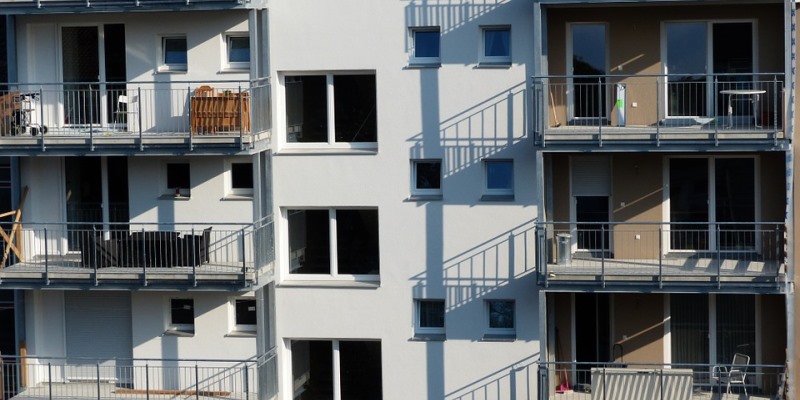New reports underscore renter woes in Toronto and beyond

The Canada Housing and Mortgage Corporation (CMHC) recently published its annual Rental Market Reports for major cities and provinces. Unfortunately, the outlook for renters remains bleak in Canada’s most expensive markets and has worsened in its traditionally more affordable markets.
Let’s start with Toronto and Vancouver—the country’s two most expensive metro areas. In both cities, the rental vacancy rates remain stuck at around one per cent, indicating a clear shortage of available units (the Canada-wide vacancy rate is 2.4 per cent). Faced with strong demand, the cities have fewer available units, which means more bidders per unit, leading average rents to rise markedly over the past year—by 4.9 per cent in the Greater Toronto Area (about $63 more per month, on average) and by 6.2 per cent in Metro Vancouver (about $88 more). These two markets are key contributors to the Canada-wide increase of approximately $40 per month.
Three more affordable large markets also saw decreases in rental vacancy rates accompanied by rent increases—Calgary, 1.7 per cent increase ($21 per month, on average), Edmonton, 1.2 per cent ($30 per month) and Montreal, 2.5 per cent ($30 per month). In fact, monthly rents went down in only one of the markets in the CMHC report—Regina, where the vacancy rate grew to a whopping 7.7 per cent since 2017 and rents fell by 0.4 per cent (approximately $15 per month).
In short, there’s a nationwide shortage of rental housing. So what can governments do to improve the situation?
To start, they can acknowledge that scarcity in the face of strong demand—and not necessarily greedy landlords—drives up rents. In the 10 cities where rent increases were highest (all of which are located in Ontario and British Columbia), only one (Thunder Bay) has a rental vacancy rate above three per cent. Conversely, all but two of the 10 cities where rent increases were lowest (Sudbury and Sherbrooke) have vacancy rates above three per cent. Overall, rent increases are smaller in communities with more available units. Such a conclusion should not be controversial.
And yet, governments—notably the previous Ontario government and current B.C. government—expanded rent controls, a heavily discredited policy that does more to discourage the construction of new rental units than it does to help renters in the long term. Thankfully, rent controls have been removed on new units by the Ford government, but B.C.’s remain in place.
Beyond the removal of rent control, governments must better understand the poor economic feasibility of building rental units. According to another report by CMHC, financial returns are either negative or negligible in most development scenarios due to the high costs of land, taxes (both local property taxes and provincial sales taxes) and construction, relative to the earning potential offered by rental income. Rental markets will only return to healthier balance once these barriers (exacerbated by zoning by-laws, tax rates and rent controls) are reduced or removed.
The data are clear—times are getting harder for Canada’s renters. Until governments, both provincial and municipal, acknowledge the severe impact of scarcity on the cost and availability of rental units, and take action to boost the vacancy rate in the country’s most expensive housing markets, there will be little in way of relief for renters and their families.
Author:
Subscribe to the Fraser Institute
Get the latest news from the Fraser Institute on the latest research studies, news and events.

